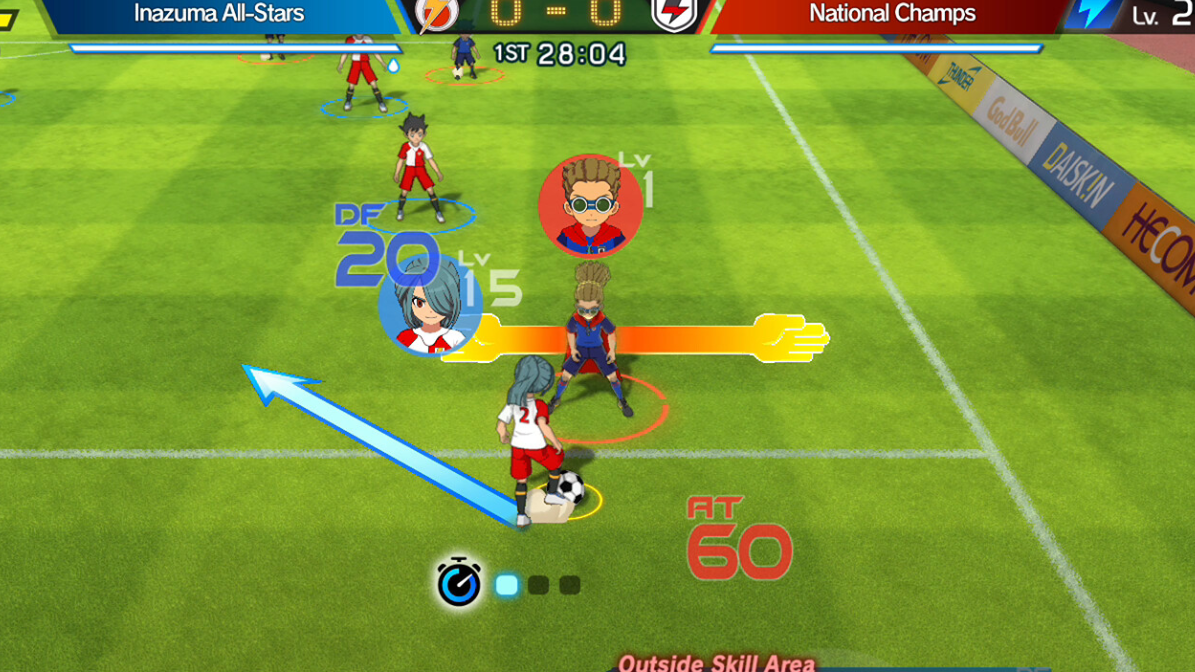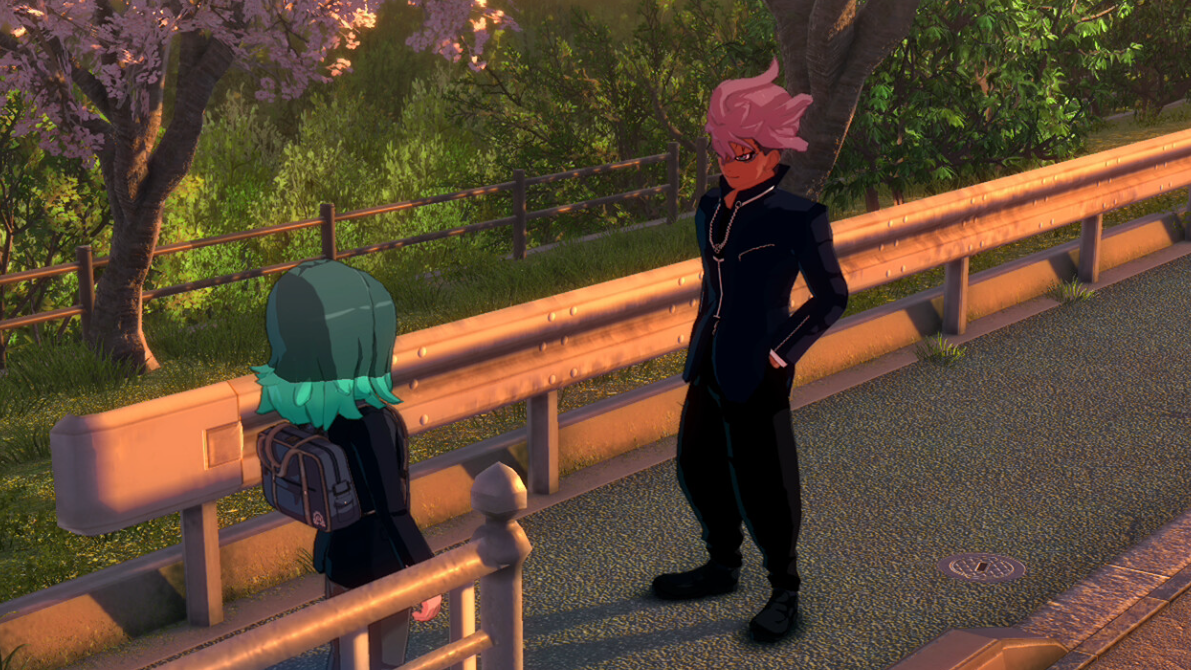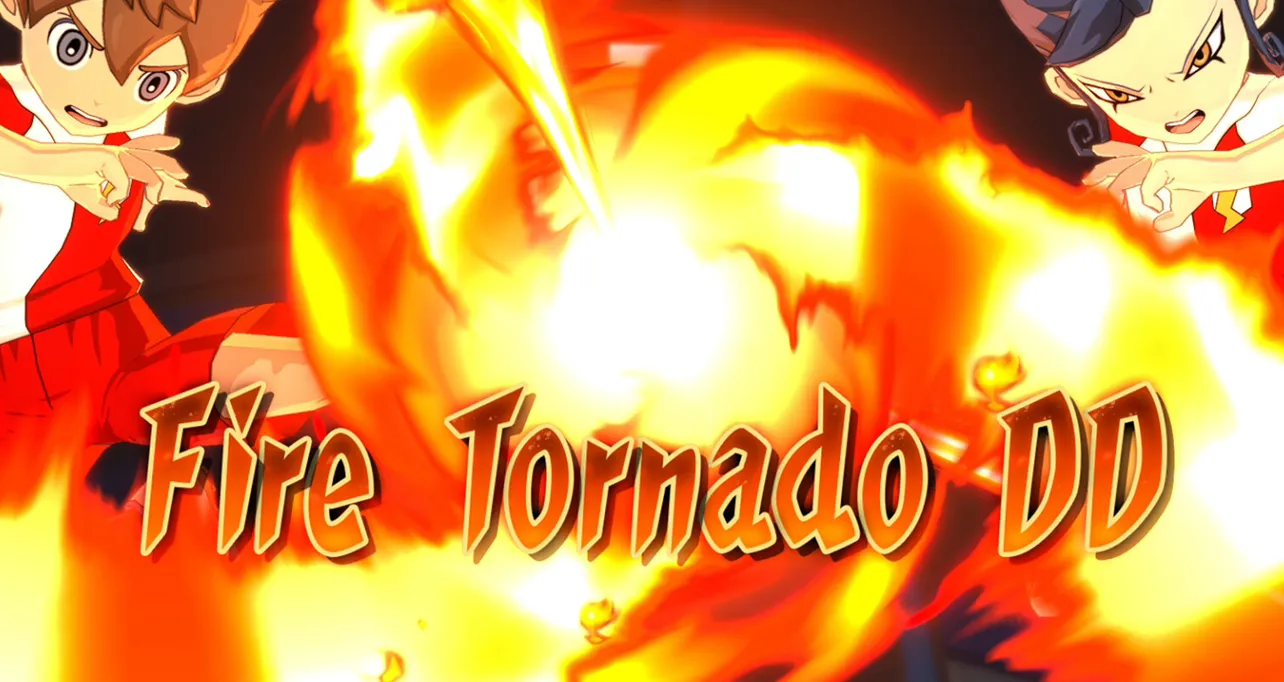Inazuma Eleven: Victory Road is built to be played for a long time, but the “how long to beat” question doesn’t have a single clean answer yet. What we do have is a mix of beta data, rough quest counts, and estimates from players who have already sunk hours into the early content.
If you’re trying to plan a playthrough or just gauge how big this game really is, it helps to break that time into three layers: main story, side quests during the story, and the long-tail grind of team building and extra modes.
Inazuma Eleven Victory Road how long to beat: headline estimates
There is not enough completed playthrough data yet for solid aggregate statistics on sites that track game lengths, so most numbers at this stage are projections. Still, those projections cluster within a reasonably tight band for the core campaign.
| Playstyle | What you do | Estimated time |
|---|---|---|
| Main story rush | Prioritize required quests, minimal detours | ~25–35 hours (early community estimate) |
| Main + most side quests | Clear story plus optional quests as they appear | ~35–45 hours in story mode |
| Story “100%” (in-story content) | Push story completion to 100% tracker value | ~40–60 hours, based on Chapter 1 pacing |
| Full game focus | Story, Chronicle Mode, harder settings, extra story | “Over 80 hours” for the main part alone, before deeper grinds |
The wide ranges aren’t padding; they reflect how much Victory Road lets you deviate, grind, and experiment with builds if you want to.

What Chapter 1 of the story demo tells us about length
The most concrete datapoint so far is the first chapter of the story demo. One player who tried to “100%” that first chapter reported hitting 8–9 percent total story completion in roughly two to three hours. Another broke down the numbers more precisely: finishing 21 main quests in that chapter pushed the story progress meter to about 9 percent.
From that, you can build a simple projection:
- 21 main quests ≈ 9% story progress
- This implies roughly 230+ main quests across the full campaign
- Side quests per chapter appear substantial but separate from the main quest count
If that structure holds, one estimate places the “story quests only” portion at roughly 22–33 hours of questing time, before you factor in match duration and football battles themselves. Others are more conservative and call it 25–35 hours for a typical main-story run, with side quests adding another ~10 hours if you chase most of what’s available as you go.
Story mode structure and why estimates vary
Part of the uncertainty comes from how Victory Road treats side content. In earlier Inazuma Eleven games, you could often separate “post-game” routes from the main story pretty clearly. Here, a lot of optional content seems embedded directly into the chapter flow.
Players who have picked apart the demo point out that some early quests only make narrative sense during that chapter (for example, specific urban legends or short character arcs). Skip them, and they simply disappear later. That means two people might both say they “finished story mode,” yet one has done a large chunk of missable content and the other has sprinted straight down the critical path.
On top of that:
- The story progress percentage can tick up for certain optional combat encounters, depending on how you approach a chapter.
- The beta still doesn’t expose the full structure of later chapters; one player guessed around 12 chapters total, but that’s not confirmed.
- The RPG-style “focus battles” and exploration sequences add runtime even if you technically ignore side quests.
That’s why some projections (based on raw quest count) put story quests alone at 22–33 hours, while others call that figure unrealistic unless matches are included. The spread is less about disagreement and more about what each person is counting as “story”.
How long the story demo actually feels
Beyond percentages, the early story demo simply feels substantial. One new fan reported around six hours spent just inside the demo content, with a playstyle that:
- Accepted side quests as they appeared
- Talked to most NPCs
- Took time to explore the town and school areas
Those six hours cover only part of Chapter 1. With the full release stretching that structure across many more chapters, double-digit hours are guaranteed even for relatively direct players. If you like wandering, chatting, and poking at optional fights, the opening hours alone play more like the start of a mid-sized RPG than a sports game tutorial.
How Victory Road compares to older Inazuma Eleven games
Looking back at prior entries is another way to anchor expectations. For earlier mainline games, finishing just the story typically sat in the 30–40 hour bracket, with player estimates often mentioning 8–10 chapters to wrap a campaign.
What really stretched those games, though, was post-game and team building. Players routinely logged hundreds of hours in titles like Blizzard, Supernova, Chrono Stones, and Galaxy, often without fully “finishing” everything. Examples shared publicly include:
- 300–700 hours on single saves of DS and 3DS entries
- 900–1,500+ hours in some of the GO-era games for those who chased every route, player, and stat optimization
The pattern is clear: the scripted story is only the front half. The grind to assemble a perfect squad, unlock routes, and replay strong opponents is where time really disappears. Victory Road is positioned as the “character collection and football simulation” culmination for the series, with over 4,500 players in its roster across modes. That alone signals a similar, if not larger, time sink for anyone who cares about team crafting.
Chronicle Mode, extended content, and the 80-hour claim
Beyond story mode, Victory Road layers on several systems that sharply extend total playtime. Pre-release materials and community summaries highlight three important pieces:
| Content type | What it is | Impact on playtime |
|---|---|---|
| Core story mode | Main narrative with side quests, focus battles, exploration | Roughly 25–45 hours for most players |
| Chronicle Mode | Historical team battles and character collection layer | Adds dozens of hours depending on difficulty and goals |
| Extended story & New Game+ | Post-story narrative and replay options at higher settings | Pushes total “main part of the game” to 80+ hours |
One early overview of the full package states that the “main part of the game” alone can take over 80 hours to finish, and that figure explicitly excludes deeper Chronicle Mode grinds on higher difficulties, New Game+ optimization, and whatever extended story content stacks on after the initial campaign.
In practical terms, if you tend to engage with everything these games offer, it is very easy to see a total playtime that crosses 100 hours without feeling like you’ve truly exhausted the game.
What might count as “100%” in story mode
Victory Road tracks story completion as a percentage, but the exact definition of 100% is still a little opaque in the beta. Players are already trying to reverse-engineer it from Chapter 1 behavior.
So far, the completion bar seems to recognize:
- Main quests in the current chapter
- Certain optional focus battles tied closely to story beats
- Some limited-time side quests that logically belong to that chapter’s events
Meanwhile, long taisen-style routes and broad recruitment systems appear to be pushed more into Chronicle Mode and other dedicated layers, rather than being threaded directly through story chapters the way older titles sometimes did. That’s led some fans to doubt that classic taisen routes, in the old sense, will matter much to the story completion meter at all.
Recruitment is a bigger question mark. With a massive 4,500+ player roster across the series history, it’s extremely unlikely that “story 100%” expects you to recruit even a large fraction of them. More likely, story tracking focuses on narrative quests and a defined set of chapter-relevant matches, while broader scouting lives outside that bar as a long-term project.

How your playstyle changes “how long to beat”
The numbers above are averages and projections. Your actual “how long to beat” for Inazuma Eleven: Victory Road will bend heavily around how you approach the game. A few patterns from previous titles and the beta already stand out.
| Player type | Typical habits | Likely outcome |
|---|---|---|
| Story-only player | Skips optional battles, does minimal grinding, rarely replays matches | Closer to 25–35 hours for story, modest extra time in other modes |
| Completionist during story | Clears every quest in each chapter before moving on, explores thoroughly | 40–60+ hours in story mode alone |
| Team-builder | Experiments with formations, stat training, equipment, and rarities | Can easily cross 80 hours even before touching all post-game content |
| Long-term grinder | Chases rare players, maxes moves, runs high-difficulty routes | Past games suggest 200–1,000 hours is not unusual at this level |
If all you want is to see the story credits, you can treat Victory Road like a mid-length RPG with a sports combat system. If you care about building a “perfect” squad, the game becomes a hobbyist project that can quietly absorb months.
For now, the safest way to frame Inazuma Eleven: Victory Road is this: expect a 30-to-40-hour story if you play in a focused way, expect 80+ hours if you plan to engage with the main modes and extended content, and be prepared for that number to balloon if you fall down the rabbit hole of scouting, grinding, and replaying matches the series is known for. The beta and early demo already make it clear that Victory Road is not a quick weekend sports game; it’s a long-running campaign that grows with how much you put into it.


